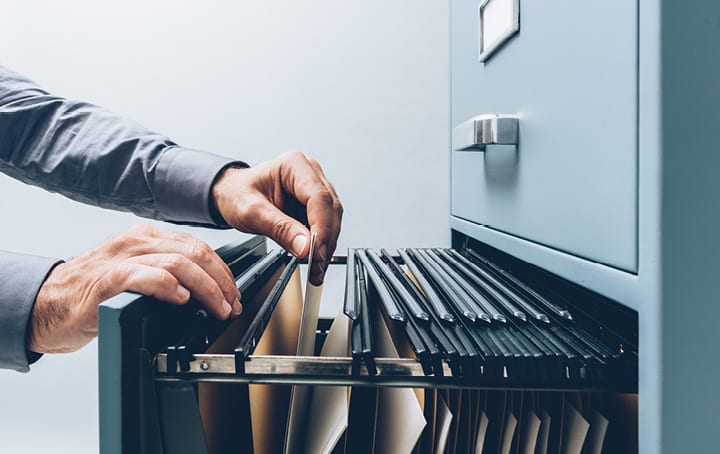Small Business CGT Concessions: Make Sure Your Claim Stacks Up

The small business CGT concessions can save your business some serious tax – and help you to significantly boost your superannuation -
but it’s essential that you keep the right records, particularly for when the time comes to sell. Find out what your business should be doing now to keep the ATO at bay in the future.
What Concessions Are Available?
To access the concessions, you must either be a business entity with annual turnover under $2 million or have total net assets of no more than $6 million.
The asset you’re selling must also have been used in a business carried on by you, or a relevant related entity, for a minimum time.
- If you meet these requirements, you can potentially access one or more of the following concessions:
- Where the asset is owned for at least 15 years and sold in connection with your retirement: you can potentially disregard the entire capital gain. You can also contribute proceeds of up to $1,515,000 into superannuation under your lifetime “CGT cap”.
- Alternatively, you can disregard up to $500,000 of the capital gain provided you make a superannuation contribution equal to that amount if you’re aged under 55.
- You may also have the choice to apply a 50% reduction to your capital gain (on top of the regular discount for assets held for at least 12 months), and/or defer the gain until later.
These generous concessions can open up many planning opportunities for small business owners. All the more reason to keep your CGT records in good shape!
ATO Record-Keeping Requirements
However, business owners taking advantage of these generous concessions should understand they may receive a “please explain” follow-up from the ATO. It’s therefore essential to record all relevant information about your business assets so that you can later substantiate your claim for the CGT concessions. This includes all the information you need to calculate the capital gain, such as purchase information (date of purchase, the price you paid, any stamp duty and legal fees you paid), plus ongoing costs (repairs, insurance, installation costs and improvement costs).
Usually, you need to keep all records for at least five years after the CGT event (generally, when you sell).
For example, if you purchased an asset in 2002 and sold it in 2019, you’d need to keep all the purchase records until 2024 – that’s 22 years! Alternatively, keeping a CGT “asset register” can make record-keeping simpler. This is a register where you keep relevant information for all your CGT assets, and a major advantage is that once an entry is certified by a tax agent, you only need to keep the original records for five years from that date.
Your tax adviser can help you with the correct format for an asset register. Note, for example, that maintaining a simple electronic spreadsheet is unlikely to meet the ATO’s requirements because it may lack the security measures needed to prevent entries from being easily altered.
Talk To The Experts
Want to simplify your record-keeping? Or need help reconstructing records that aren’t up-to-date? Don’t jeopardise your future tax planning – talk to us today for expert assistance in ensuring your business will be ready to take advantage of the CGT concessions.
For expert advice and assistance in dealing with your Business Capital Gains Tax in Australia, please contact Mathews Tax Lawyers on 1800 685 829
Disclaimer: The information on this page is for general information purposes only and is not specific to any particular person or situation. There are many factors that may affect your particular circumstances. We advise that you contact Mathews Tax Lawyers before making any decisions.
